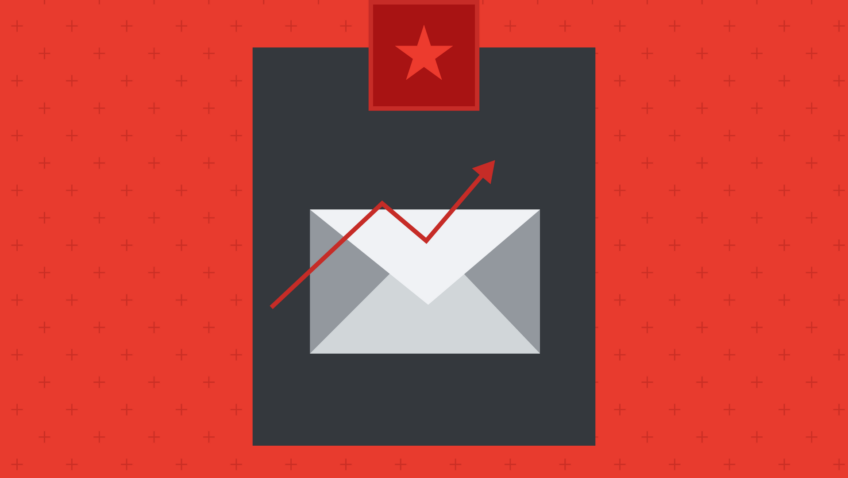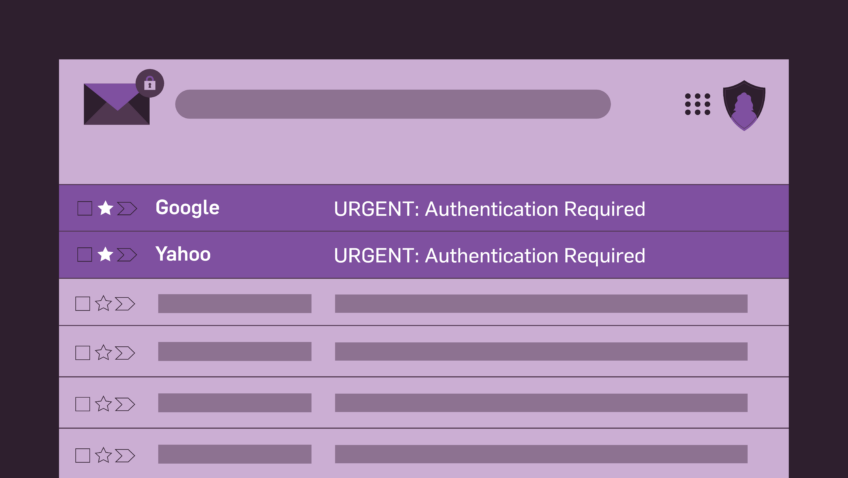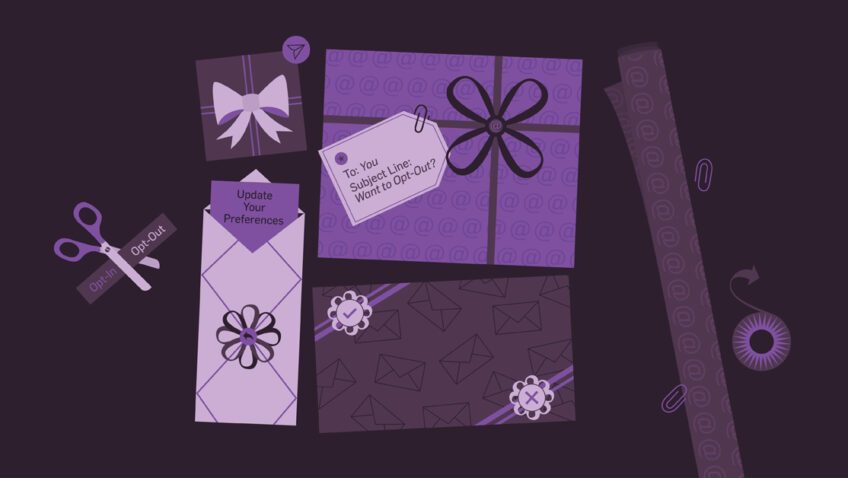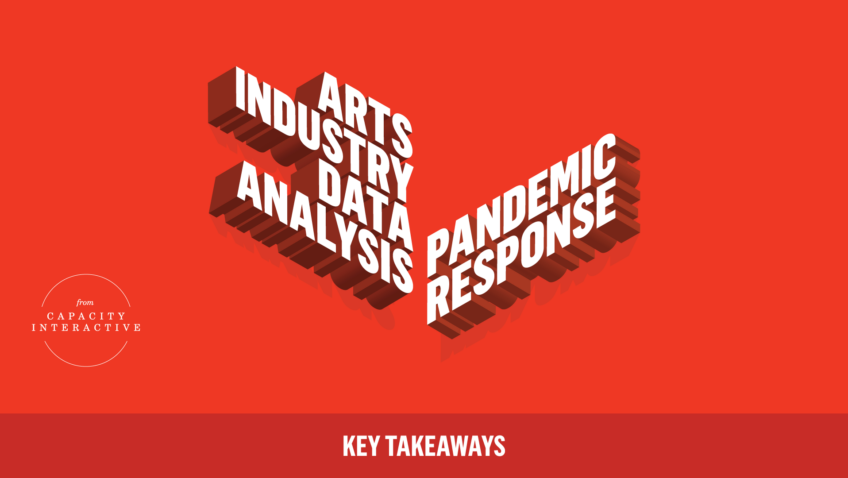Social is Sexy but Email Still Pays the Bills
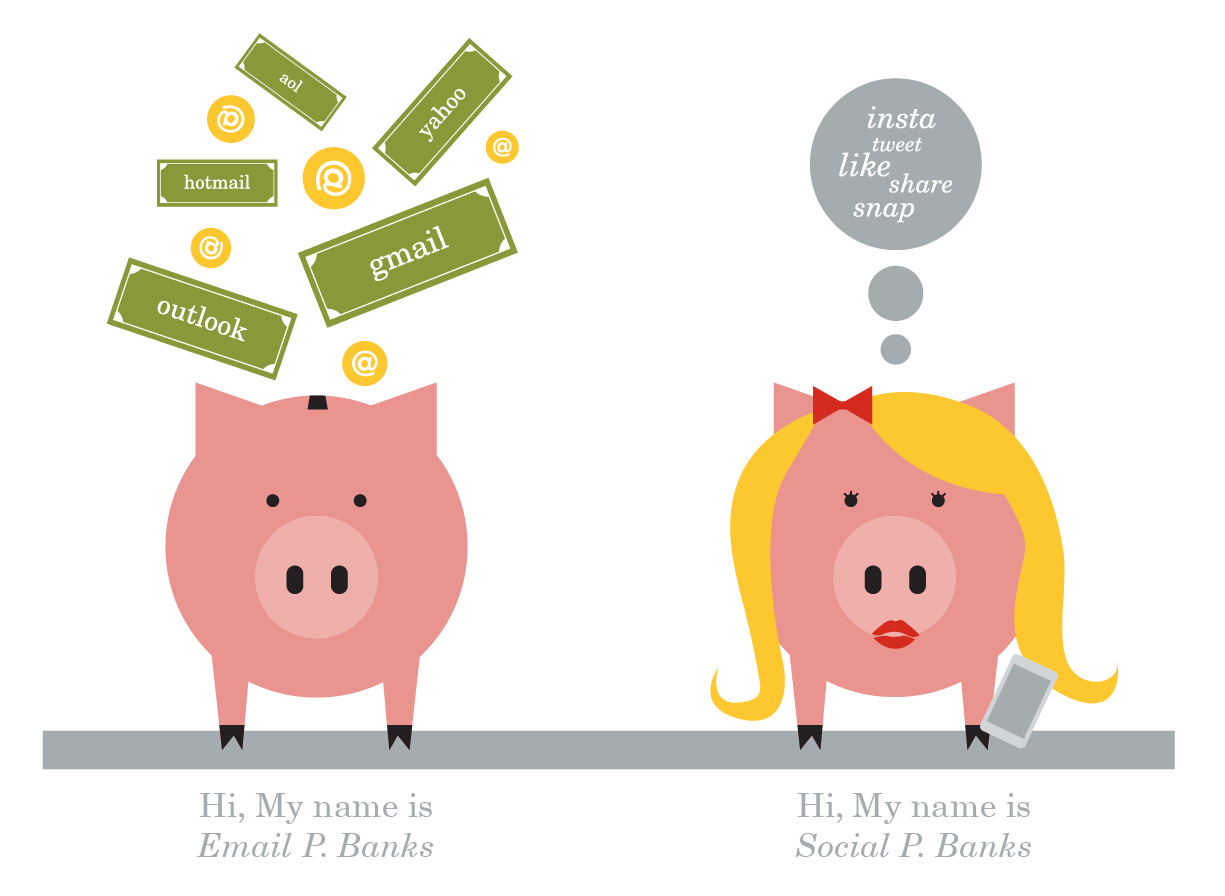
The web has no shortage of alarmist articles about how “email is dead” yet email is very much still alive. Let’s be honest—email is known as social media’s lame older brother. However it is a critical channel for arts marketing.
Quick survey:
- How much time does it take before you check your email first thing in the morning?
- How many hours per day do you spend on email?
- Which of your devices do you use to check email?
I’ll bet you spend at least two hours per day on email (minimum), check it within an hour of waking up, and check it on every single device you own. And it’s most likely the first or second thing you go to upon opening your device.
Relax—it’s not just you. I was surprised to read recently that Millennials check email more than any other demographic. Email drives the highest ROI among any channel for that age group. So you can stop worrying about Snapchat for now. Do worry about how your emails look on mobile since that’s where they’re checking.
As an arts marketer, how much time do you spend thinking about your email strategy? Or is your email program on autopilot? Here are a few points to consider:

1. Email rings the cash register
We completed an analytics study for a large NYC institution and found that email touched 40% of all transactions. 24% were direct, meaning the user clicked from an email to purchase directly. But an additional 16% of orders came from people who opened and clicked at least one of the organization’s emails over the previous 30 days. And that’s just for users who clicked links in the email—so this 40% is understating the impact.
The data shows the dual role email plays: Direct sales, yes, but it also keeps people engaged, even if they aren’t ready to purchase immediately.
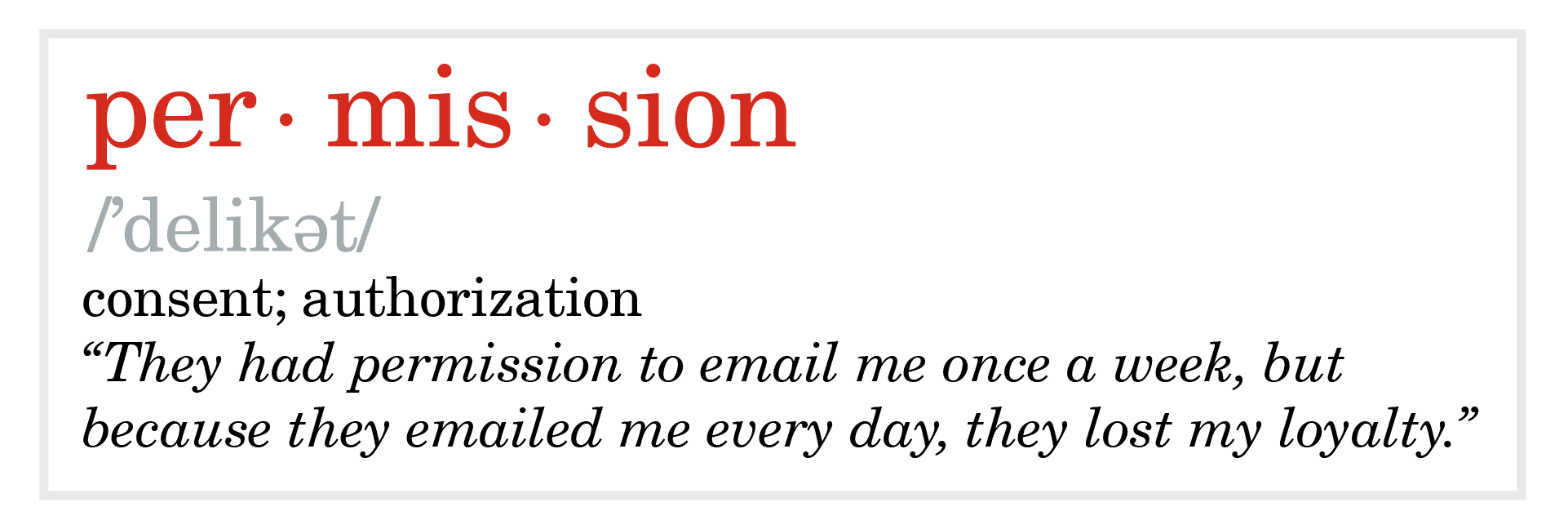
2. Your most engaged patrons are on email. Recognize the potential but tread lightly.
Almost every organization requires patrons to enter their email address to purchase a ticket—so all previous customers are on your email list. People who care enough about you to sign up for updates are also on your email list and make up the balance. This is the true “middle of funnel,” meaning that these folks are most likely to respond to your offerings. So tread lightly.
Permission is a delicate thing. You currently have permission to email these folks. But if you over email them, or spam them, you will quickly lose this permission. This leads me to the next point…

3. Treat email as content
Many marketers have ruined email. My Gmail promotions folder is filled every day with promotional offers from retailers. Email is one of the original methods to distribute content. So you should think of your email as content—just like your social channels.
At CI we talk about the 70/30 rule. 70% percent of your email should be giving and 30% should be asking (just like social media). Use your email to engage your base. Distribute video and blog posts, invite them to special events, and share important news. Then pepper that with sales and promotions. Another way to think of this is that email should be 70% informational and 30% transactional. One email can provide information and transactional opportunities in the appropriate ratio.

4. One of your primary marketing KPIs should be email list growth
Want more sales? Get more folks on your email list. If 2% of the users who come to your site buy a ticket then 98% are leaving without giving you the ability to follow-up. Build your site to include a clear focus on getting those people to at least give you an email address. If I was the head of marketing for an organization, I would want regular reports on how well we have grown our email list and social channels. This is a direct line to people who will buy tickets. Measure email sign ups and share the results. If you don’t measure it you, can’t improve it.

5. Good email is about the user
I get so many emails that read like this: “We are so excited to announce our 2016 season. Join us for xxx” Try to showcase benefits for the user:
“You and your family can enjoy a year of thought-provoking theater. As a subscriber you will enjoy the best seats at the best prices and get additional perks like free parking and free coat check. ”
Try to remove first person pronouns as much as possible and include second person pronouns. And do whatever you can to make it about the user.
I will leave you with a great email example that not only is about me, but also makes it incredibly easy to take action:
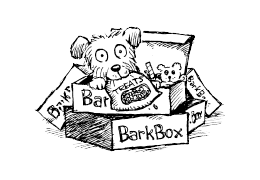
© Copyright 2016 BarkBox, Inc.
Dear Erik,
On Cyber Monday, so many companies make their best offers for new customers only. What about loyal customers?! At BarkBox, we wanted to thank you for being part of our pack.
As a special thanks, you can update your plan to $199 for 12 months (that’s $16.58 a box). This isn’t a public offer. It’s just for you and Sally. This is the best plan we’re offering the whole holiday season, and we’re giving it to our loyal customers as a thank you.
If you are interested, just reply YES to this email and a member of our Happy team will personally set up your next renewal.
The team here at BarkBox loves to make dogs happy (it’s literally our job). Please give Sally a few belly scratches from us!
Thank you,
Matt Meeker
Co-founder & CEO, Bark & Co

